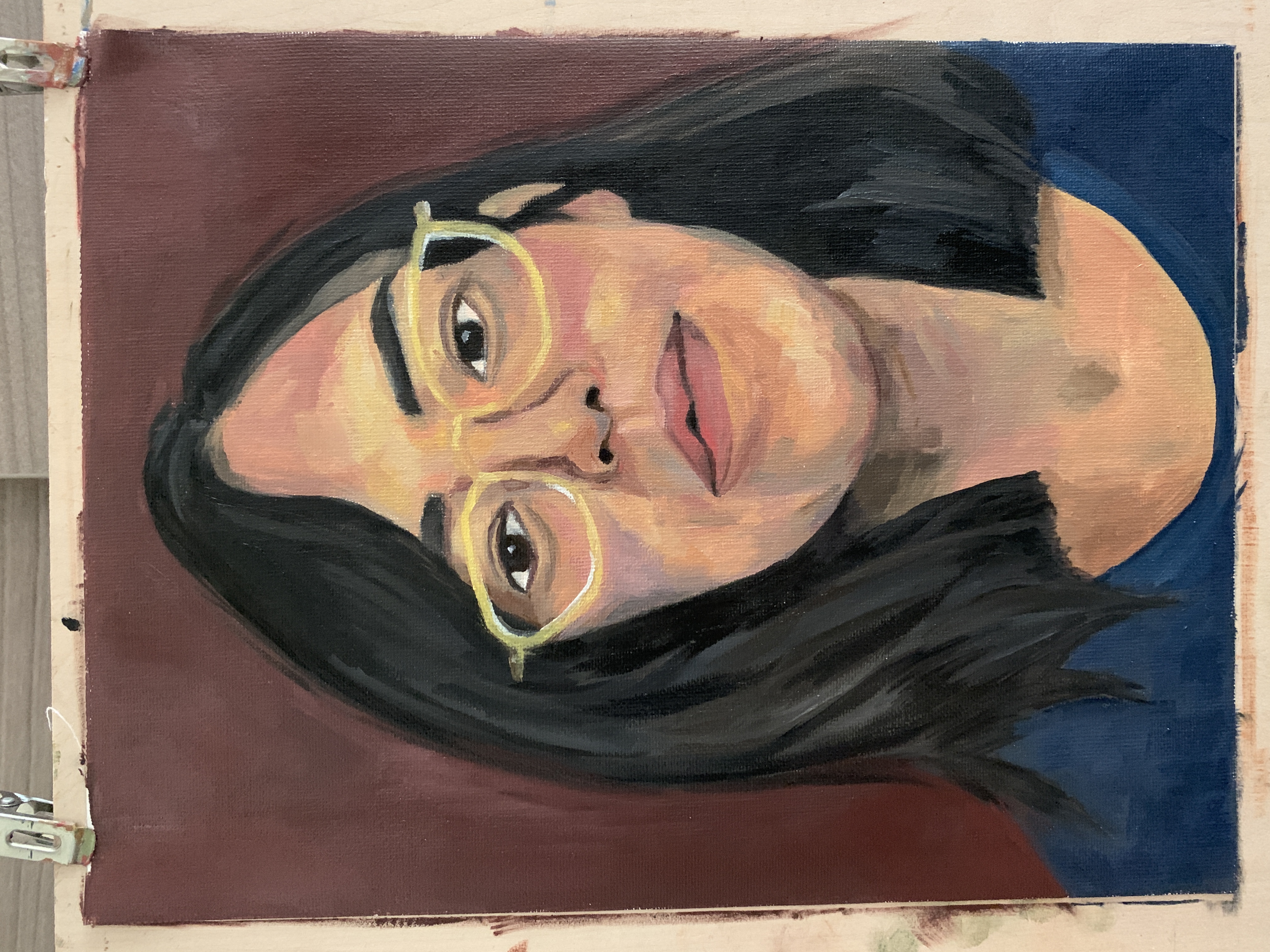Agnus Dei, c. 1635-1640, 37 x 52 cm
- Sok Han Teng
- Apr 14, 2022
- 2 min read
Updated: Nov 5, 2023
Agnus Dei is a very famous religious artwork painted all the way back in 1635-1640 by an artist known by the name of Francisco De Zurbaran.

I found this painting extremely stunning. To some people, it appears to be a casual painting of a lamb but in fact it was carefully painted with great depiction of the wool and the creation of crisp atmosphere. When you look at this painting, you see a lamb with its legs tied in preparation for sacrifice. The dramatic lighting against the dark background makes the wool of the animal stand out and the focus on the animal is very sharp. It makes us feel that we’re looking at something more mysterious, more important than just a lamb.

The most iconic thing about this ancient piece of art is its simplicity, and the meaning hidden behind it. If you look at the poor lamb’s eyes, you’ll see that the lamb is helpless, and at peace with the sacrificial nature of its existence. In Christian writings and Christian art, lamb was very often used as a metaphor for Christ himself. This painting immediately became a Christian icon and was widespread throughout Catholic Spain. The sacrifice refers to the lamb of God, whose sacrifice saved the Jew of Christ and redeemed the sins of all mankind. By looking at the painting, you’ll notice that Zubaran forces the viewer to focus on the historical nature of Christ Biblically and look at history as a form of art.
Francisco de Zurbarán (1598-1664)
Zurbarán was a Spanish painter from the 17th century. Many paintings made in his workshop were exported to the Spanish colonies in America. He painted mainly for religious clients and mainly religious subjects. One of his most important commission was to paint a series of works in 1638 and 1639 for the sacristy of the Monastery of Guadalupe in Spain, where they still remain.
Zurbaran utilized his artistic skills in such a remarkable manner that it rendered the soft texture of the lamb’s wool with a touch of technical subtlety indicating that it is a lamb without any blemish, by creating a very calculated direction of light, creating broad areas of shadows.
Agnus Dei is a very important artwork from the religious, historic, and artistic points of view. The artistic formulas used by Zurbaran in this painting reflect the representational formulas of contrived isolation and an immense focus on the texture and volume of a still-life painting. There is no doubt in the fact that this painting is indeed an example of pictorial mastery and an irreplaceable artistic point of view.





Comments